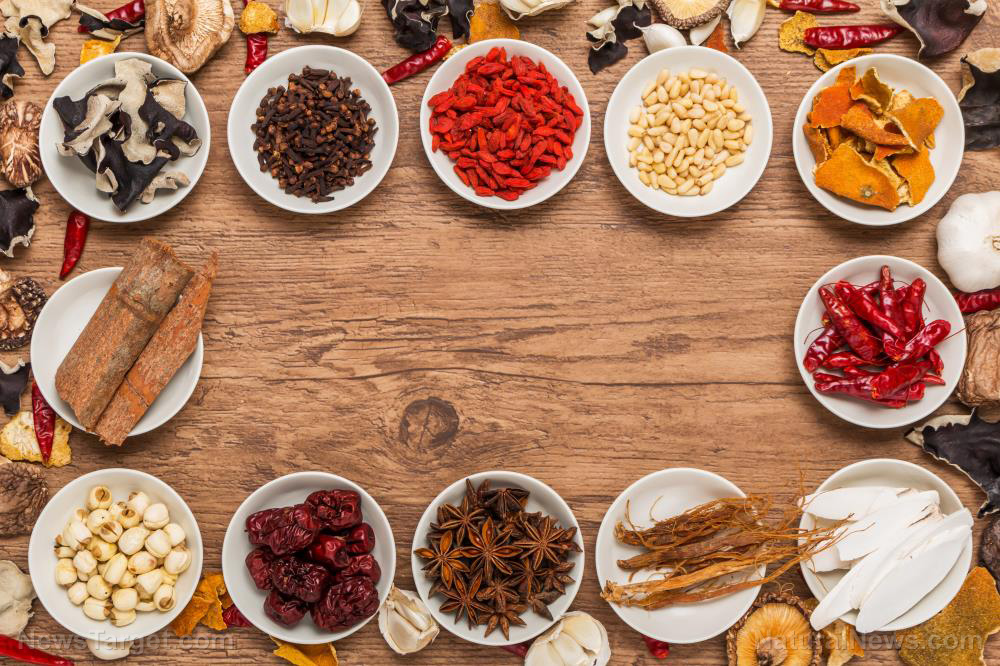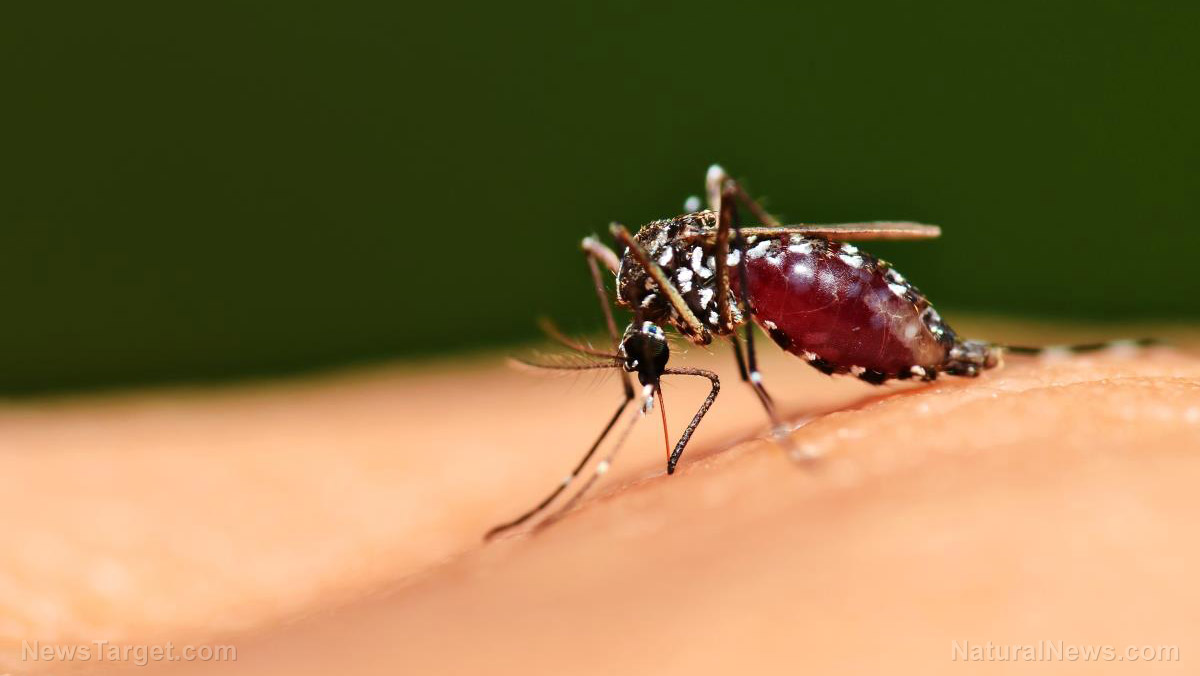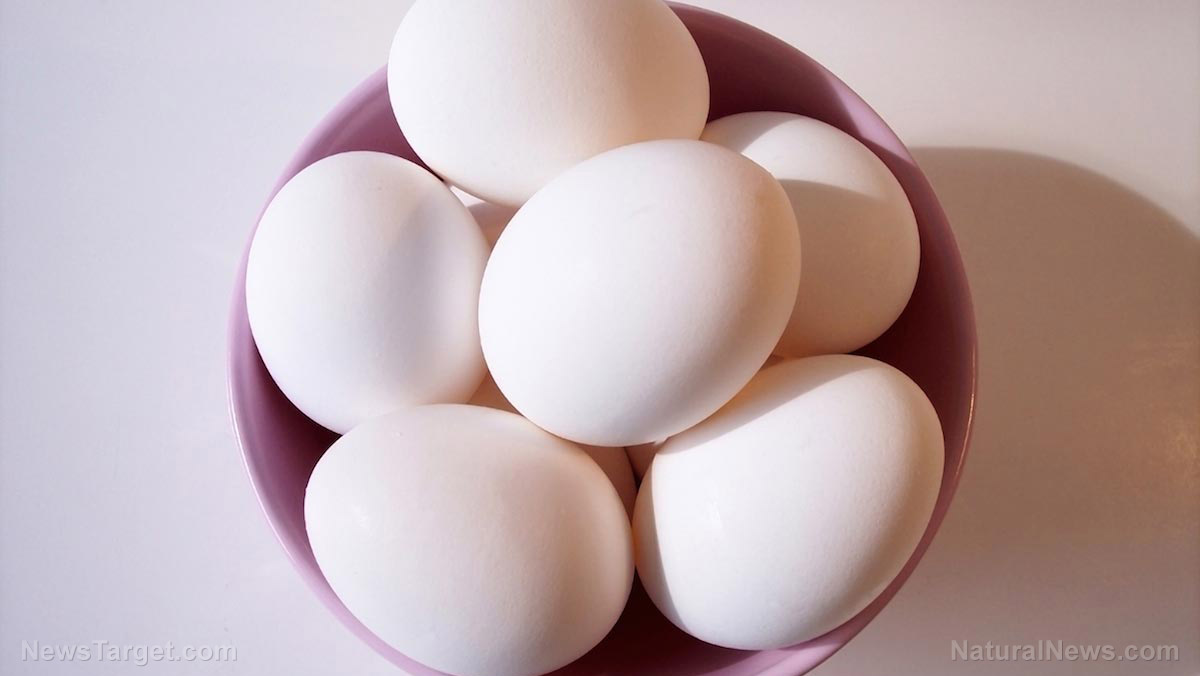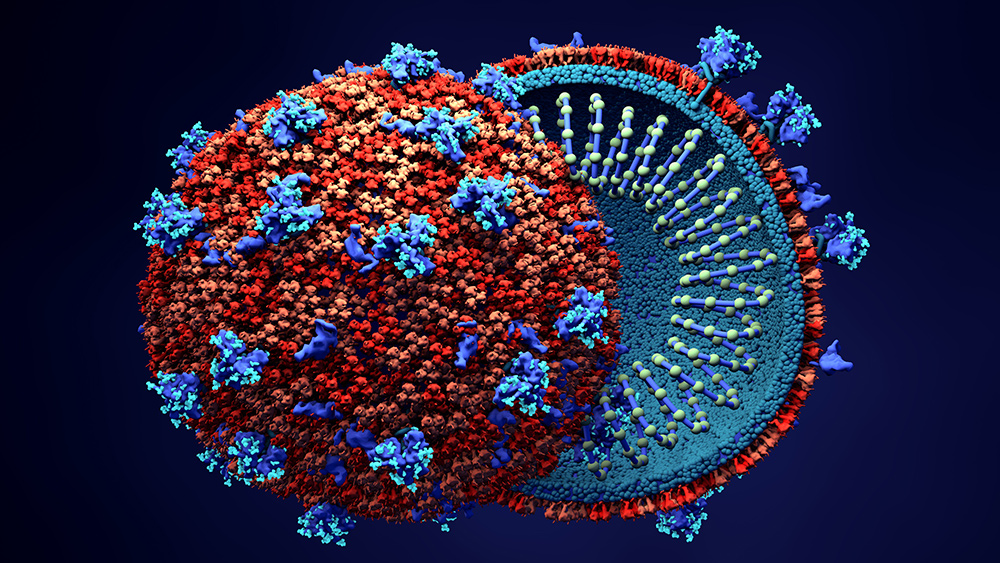Research finds iron-induced chelation effective against egg allergen
07/03/2019 / By Evangelyn Rodriguez
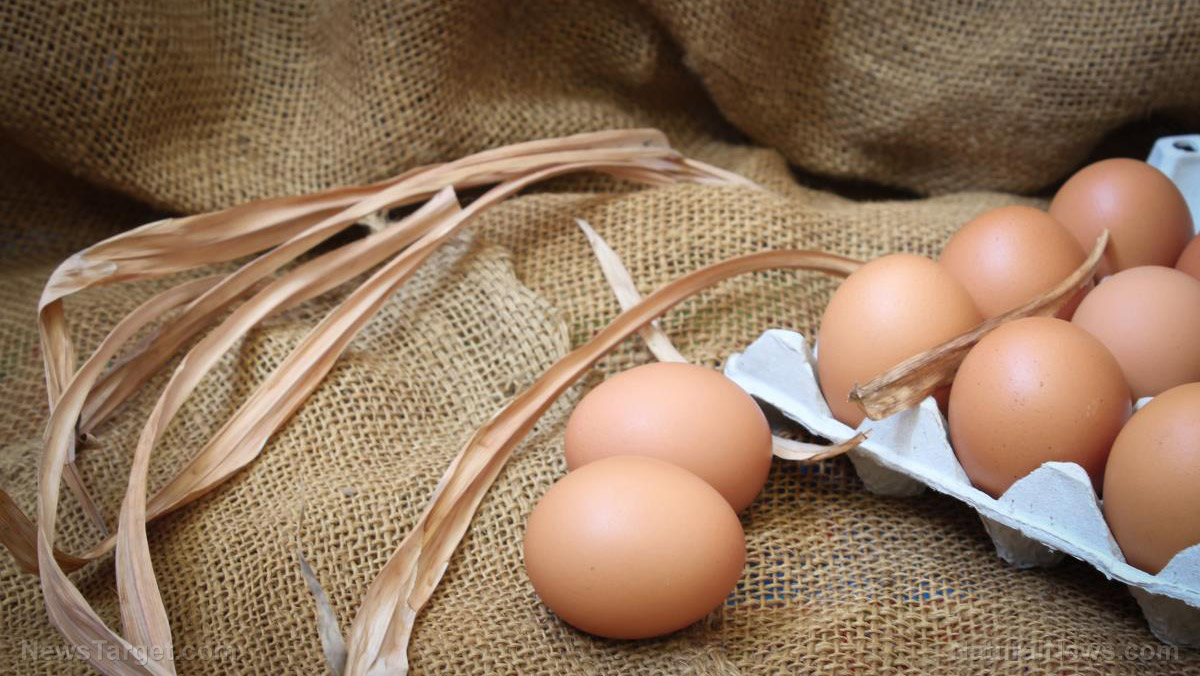
Researchers from Nanchang University in China examined if chelating ovotransferrin (OVT) in eggs using iron could effectively reduce its allergenicity. The results of their study were published in the journal Nutrition Research.
- OVT is one of the main egg allergens. It possesses two iron-binding sites.
- According to studies, chelating with iron decreases the allergenicity of milk allergens and birch pollen allergens.
- The researchers hypothesized that this process may also reduce the allergenicity of OVT.
- They prepared Apo-OVT (iron-free OVT, the natural state in egg white) and Holo-OVT (iron-chelated OVT) and assessed their allergenicity using a BALB/c mouse model and dendritic cells (DCs). They evaluated allergenicity in terms of allergen uptake.
- The researchers orally sensitized mice with either Apo-OVT or Holo-OVT using cholera toxin as adjuvant and determined the following after challenging the mice with Apo-OVT or Holo-OVT:
- Clinical signs of allergy
- Morphological structure of jejunum
- Specific antibody levels
- Mast cell protease-1 (mMCP-1) levels
- Cytokines
- Antigen uptake
- They found that both Apo-OVT and Holo-OVT induced intestinal allergy; however, the researchers did not observe any signs of systematic allergic reactions.
- They also found that serum levels of mMCP-1 and specific IgE in mice sensitized with Apo-OVT were lower than the control’s. There was no significant difference between the Apo-OVT group and Holo-OVT group.
- In the Holo-OVT-sensitized mice, OVT-specific IgG and IgG1, Th-1 cytokine interferon gamma, and Th2-type cytokine interleukin-13 levels were lower than those in Apo-OVT-sensitized mice.
- However, the researchers reported that DCs took in less Apo-OVT than Holo-OVT.
Based on these results, the researchers concluded that chelation of OVT with iron could alleviate its allergenicity in vivo.
Journal Reference:
Tong P, Gao L, Gao J, Li X, Wu Z, Yang A, Chen H. IRON-INDUCED CHELATION ALLEVIATES THE POTENTIAL ALLERGENICITY OF OVOTRANSFERRIN IN A BALB/C MOUSE MODEL. Nutrition Research. November 2017;47:81–89. DOI: 10.1016/j.nutres.2017.09.009
Tagged Under: #nutrition, allergenicity, alternative medicine, anti-allergy, chelation, clean food, disease treatments, egg allergy, eggs, food allergy, food safety, inflammation, iron, iron-binding, natural cures, natural medicine, ovotransferrin, prevention, research





